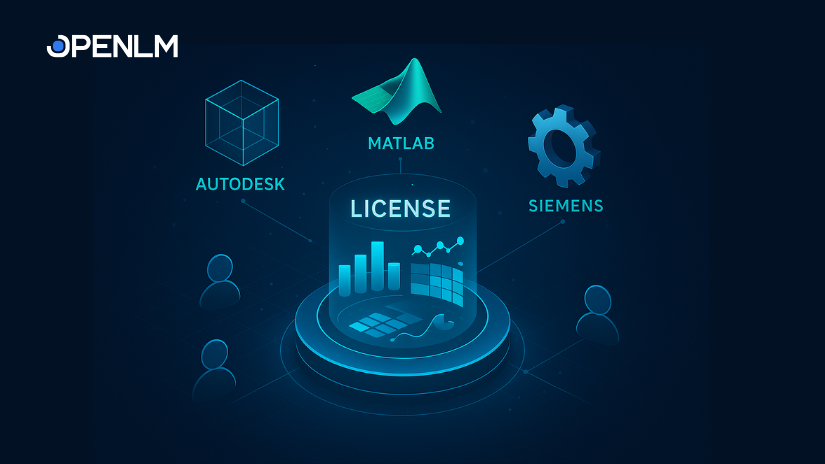Array Architects is a specialist architectural enterprise which provides services to the healthcare industry. Through innovative advisory services, planning and design, Array provides a new paradigm in healthcare where the traditional oppressive and dull working spaces of hospitals and clinics become welcoming and positive. This is a vital contribution to the well-being both of those who are being treated and their relatives and friends.
Table of Contents
ToggleThe Challenge
Healthcare is undergoing rapid transformation in this digital age; patients are no longer numbers, they are customers, and a customer-centric and holistic approach to treating them is becoming the norm. Array’s designs are at the forefront of this change. In addition to providing an encouraging environment for treatment, their work equally recognizes the challenges of the healthcare institutions to manage their assets efficiently; Array applies Lean principles in their design approach, both eliminating waste and gearing up the built environment to be flexible and responsive to change. Array is based in the United States, with eight regional offices, with their headquarters located in Pennsylvania.
Applying Lean Principles to Software Assets
While Array is applying Lean principles to their design projects, they identified areas within the firm which needed to improve efficiency. One of these areas was software license management. While concurrent licenses for AutoCAD and Revit had been purchased from Autodesk, Daniel R. Cadden, Array IT Director, wanted better visibility into how these licenses were being utilized. He had optimized his asset management by installing one centralized license server and purchasing 66 concurrent licenses which could be utilized by 90 users, but felt sure that the situation could be improved. Daniel was aware of the fact that users would book out a license and leave their workstations open overnight without closing the application. Other users would simultaneously book out AutoCAD and Revit or two different versions of the same product.
Visibility and transparency are key to Lean practices, and the license manager provided by Autodesk was not providing Daniel with the insights he needed. He investigated the license manager market and decided on OpenLM, based both on its keen pricing and its ability to help manage Autodesk products.
Initial investigation and implementation
To make sure that OpenLM was the product Array needed, it was evaluated and tested for 60 days prior to making a purchasing decision. This was in the summer of 2016. OpenLM provides various paths to implementation and its ease of installation, as well as advice from Michael of OpenLM Support, made it a painless process with a short demonstration as well as active support. Daniel also used the PDQ Deploy tool to get up and running in an hour.
Successful Outcomes
Daniel already knew that some staff were leaving their licenses booked out overnight, but now he had proof. While this did not necessarily change user behavior, Array no longer has to start the day without a full complement of licenses available. Open licenses are suspended and returned to the pool. Daniel’s main requirement is that all Autodesk network licenses are managed efficiently and smoothly, for which OpenLM is fulfilling all expectations. Other features, such as reporting, have not been explored to any extent. Array has upgraded since the original purchase to OpenLM version 4.1. They also purchased OpenLM Active Agent for 90 machines. The Active Agent extension facilitates and automates the harvesting of idle licenses in several ways, such as saving the work done in the session, closing the license and returning it to the pool.
“OpenLM has been an essential tool to manage and control the use of our licenses” Daniel R. Cadden Array IT Director





